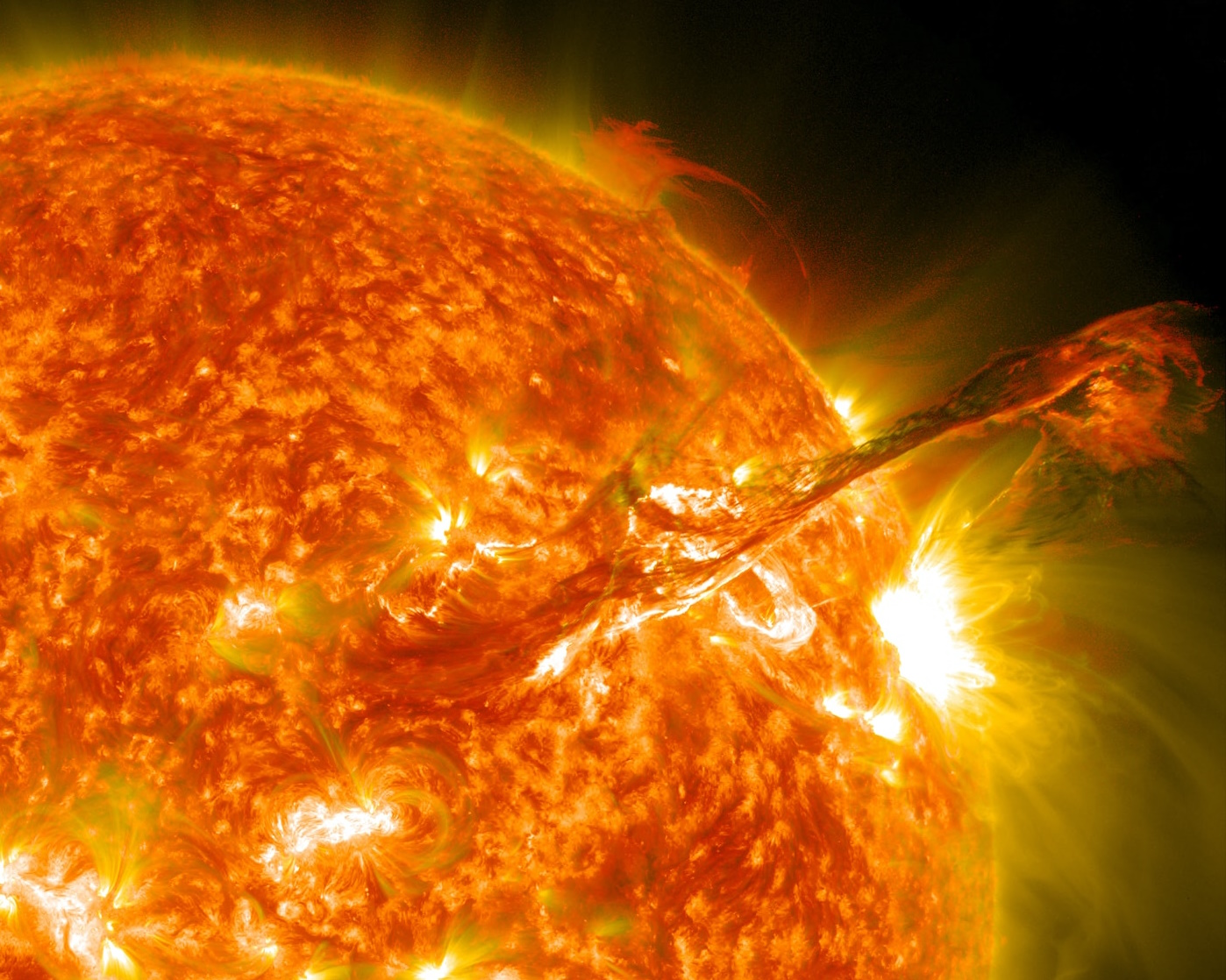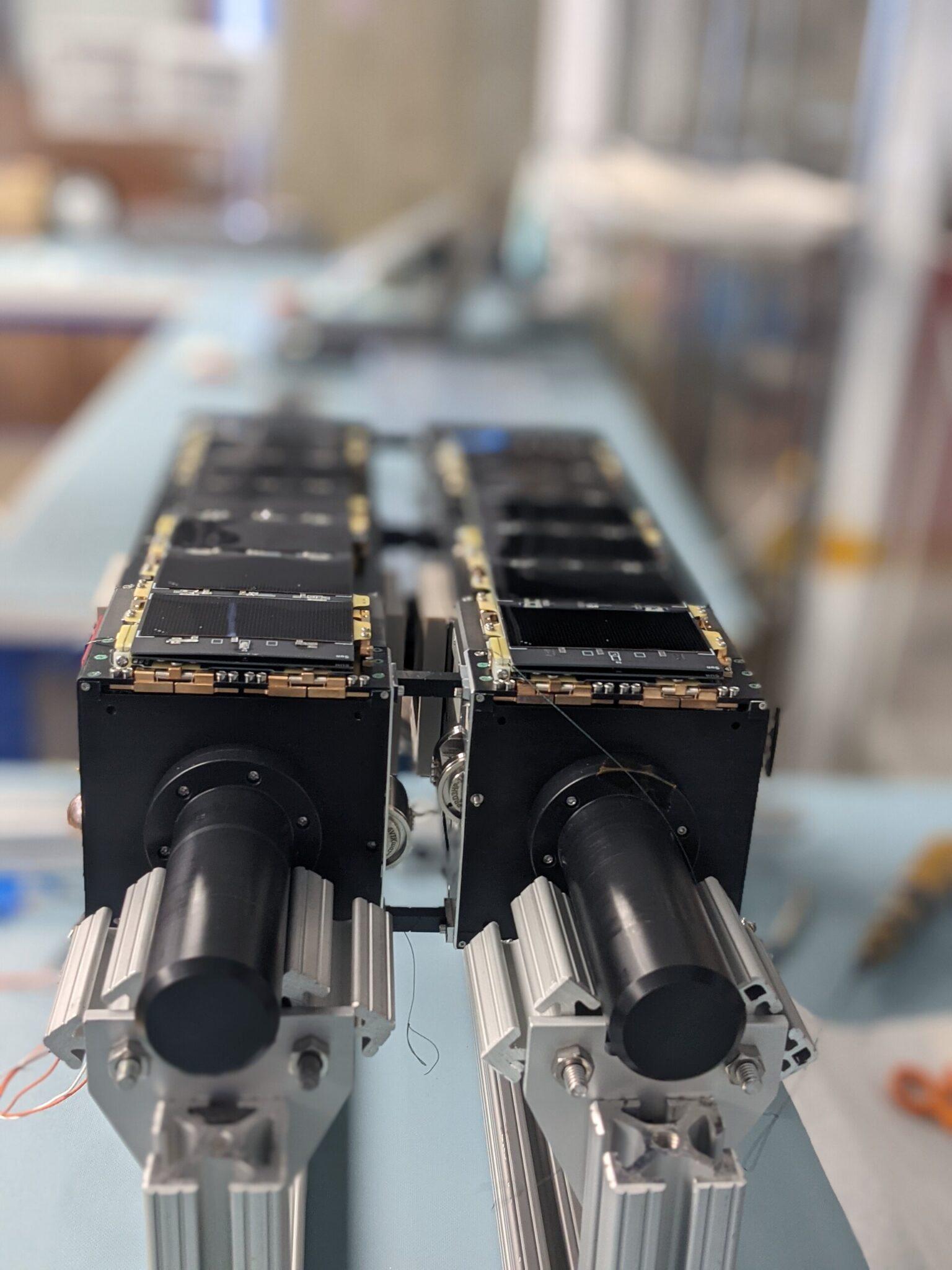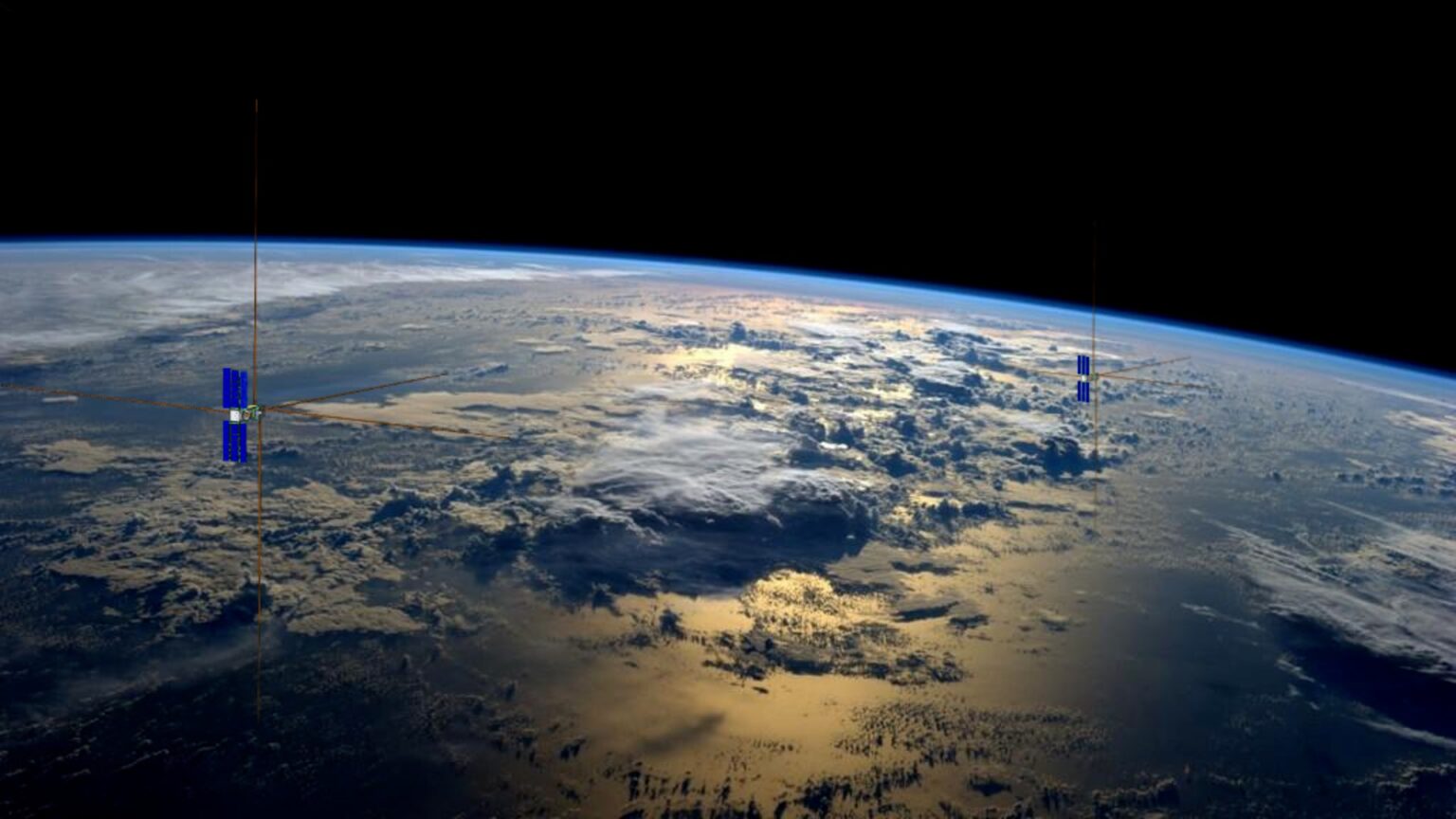The surface of the Sun periodically flares up during events such as coronal mass ejections and solar flares that are spectacular in their power. These forms of solar activity also cause radio signals whose nature have not been thoroughly understood over decades of observations.

Scientists know that the source of these radio bursts is inside the ejecta. These solar flares eject billions of tons of matter into space, stretch out and can cover a quarter of the space between the Sun and Earth.
To solve this mystery, NASA has launched a new mission called the CubeSat Radio Interferometry Experiment (CURIE). The mission involves the use of two tiny satellites that will measure radio bursts from orbit around the Earth.

“This is a very ambitious and exciting mission. This is the first time a radio interferometer has been launched into space in a controlled manner, and it opens up new horizons for radio astronomy,” said David Sundquist, CURIE principal investigator and research scientist at the University of California, Berkeley.

The CURIE mission consists of two shoebox-sized cubesats launched by the European Space Agency’s Ariane 6 rocket. Currently, the cubesats are being deployed at an altitude of about 580 km above the Earth and will scan radio waves in the range of 0.1 to 19 megahertz. The satellites will be placed at a distance of about 4 km from each other. By measuring small differences in the time it takes for radio signals to reach each satellite, scientists will try to pinpoint their source. It is planned that the devices will start their work next week.

CURIE is a bold experiment that could be a step forward in space-based solar observations. It could lead to a better understanding of the role of solar flares in the solar system. The study of solar events such as coronal mass ejections is of great importance to humanity. These events send out powerful magnetic fields that can affect the planets of the solar system. On Earth, these magnetic fields can disturb the atmosphere and disrupt electronic infrastructure and communications.
Earlier we reported how Solar Orbiter recorded the largest solar flare since 2017.
Based on materials from nasa.gov

